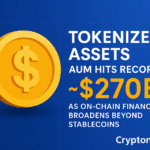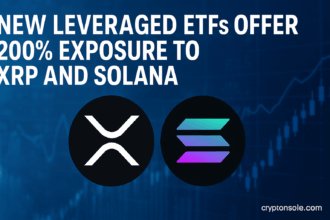AUG 16, 2025 — Solana has kicked off community governance for SIMD-0326 (“Alpenglow”), a sweeping consensus upgrade that aims to cut block finality from roughly 12.8 seconds under TowerBFT to a ~100–150 ms median, bringing L1 settlement into true sub-second territory.
What Alpenglow changes
Alpenglow replaces Solana’s legacy Proof-of-History + TowerBFT stack with a new architecture centered on Votor, a direct-vote finalization protocol that can confirm a block in one or two rounds depending on network conditions. The design targets drastic latency reduction and lower bandwidth overhead (by eliminating heavy gossip), with a companion data-dissemination layer (“Rotor”) slated for a later update.
How the vote works
According to the Solana Developer Forums, the governance timeline is:
- Epochs 833–838: discussion period
- Epoch 839: stake weights captured and published
- Epochs 840–842: voting window; tokens claimable via an adapted Jito Merkle Distributor, with on-chain Yes/No/Abstain accounts.
The pass threshold is Yes ≥ 2/3 of (Yes + No), with a 33% quorum where Abstain counts toward quorum.
Context: A Solana epoch is ~2 days, and the network is currently at epoch 834, implying the formal vote should open in roughly two weeks, barring schedule changes.
Validator economics & operations (proposed)
Alpenglow moves validator votes off-chain with aggregated proofs written on-chain, and introduces a Validator Admission Ticket (VAT) fee (initially 1.6 SOL per epoch, burned) to preserve today’s incentive balance while slashing bandwidth and fee overhead from per-slot on-chain vote transactions.
Why it matters
If approved, Alpenglow would3 be Solana’s biggest core-protocol change to date, replacing TowerBFT/PoH with a design that—per the authors’ simulations—achieves ~150 ms median finality and occasionally ~100 ms, potentially enabling Web2-like responsiveness for on-chain apps.
What’s next
Discussion continues through epoch 838, with stake verification in epoch 839 and voting in epochs 840–842. Outcomes and tallies will be published via the governance forum; if the proposal passes, implementation details and rollout phases (including Rotor) would follow in subsequent releases.
S2H5BLJJ












